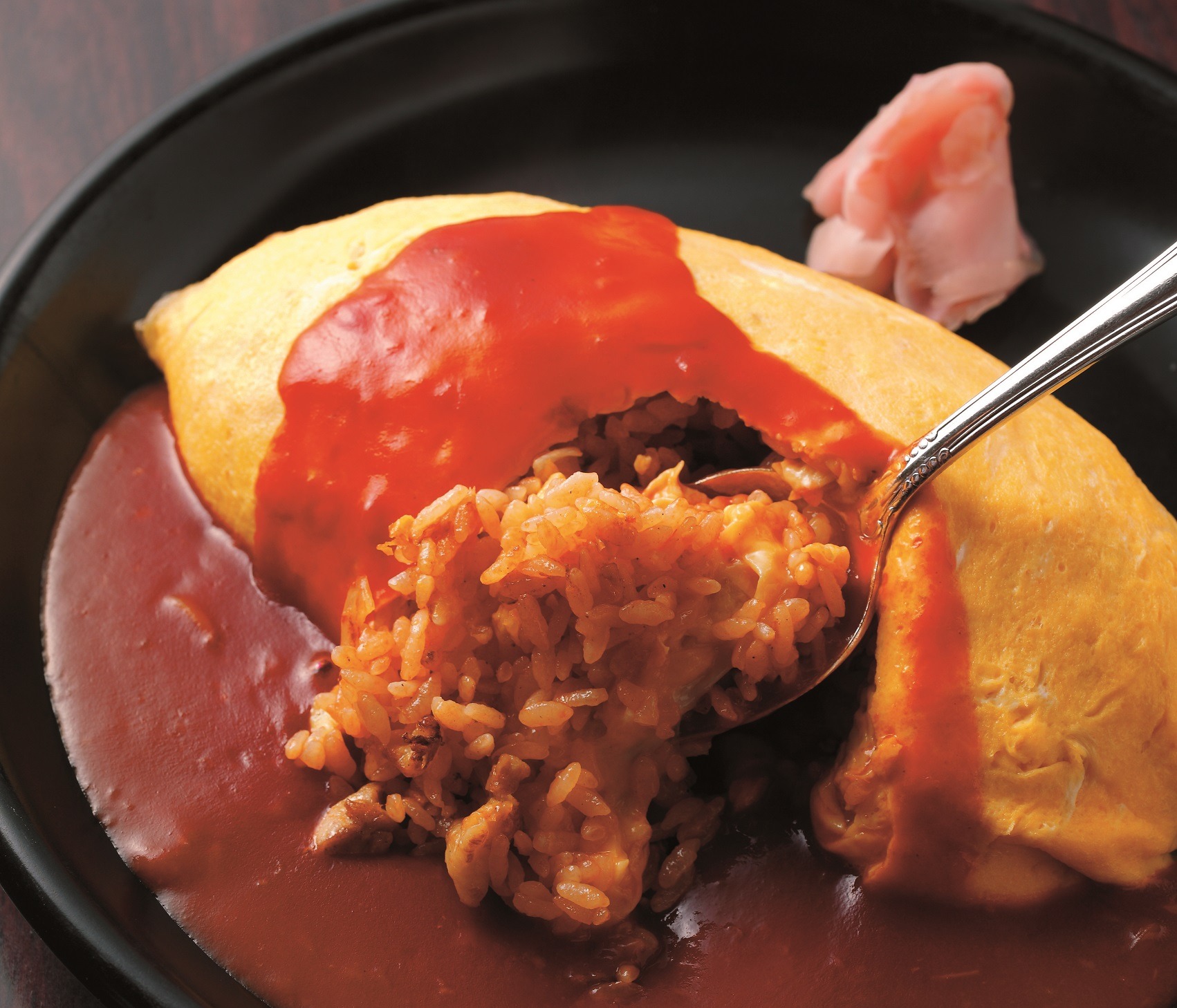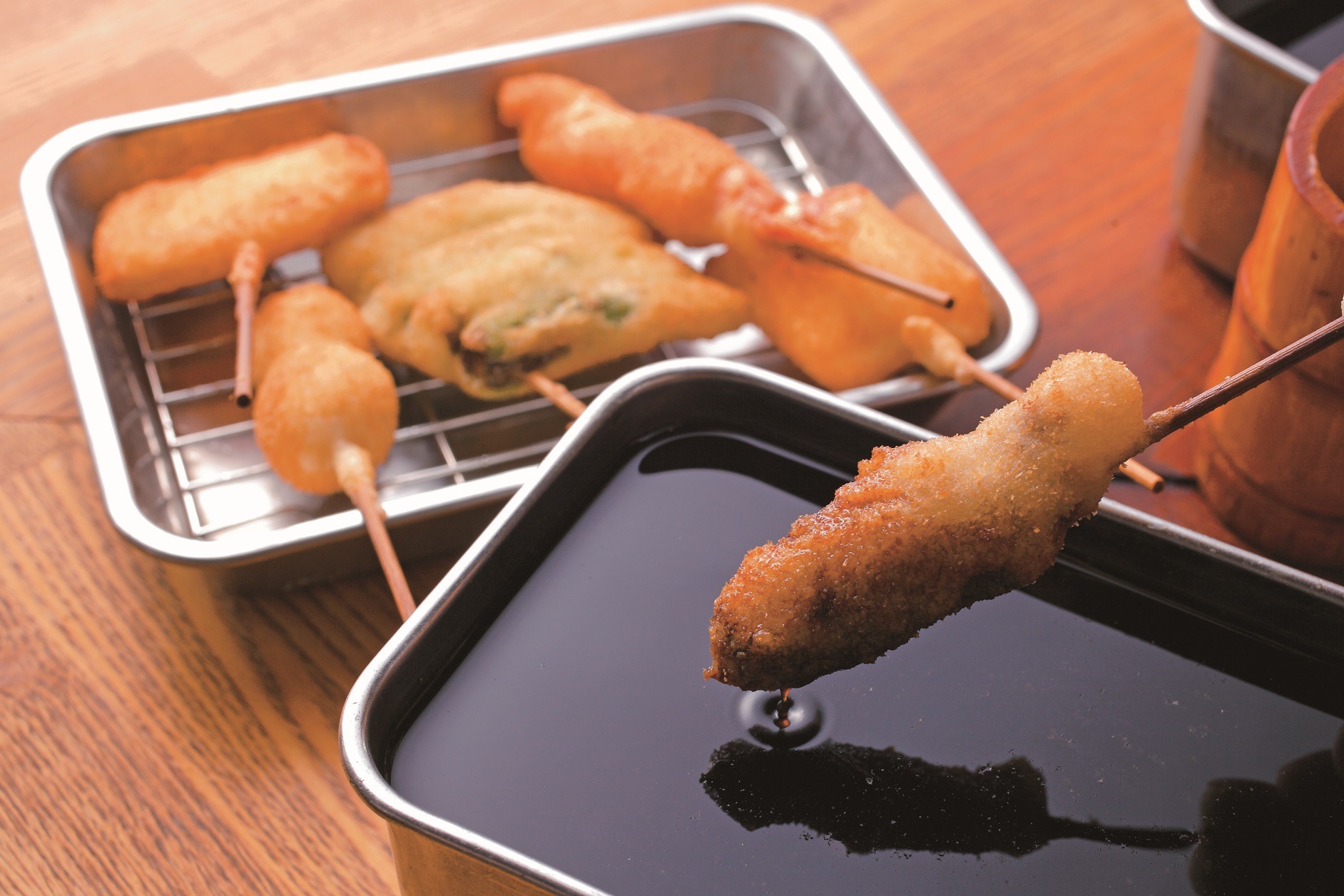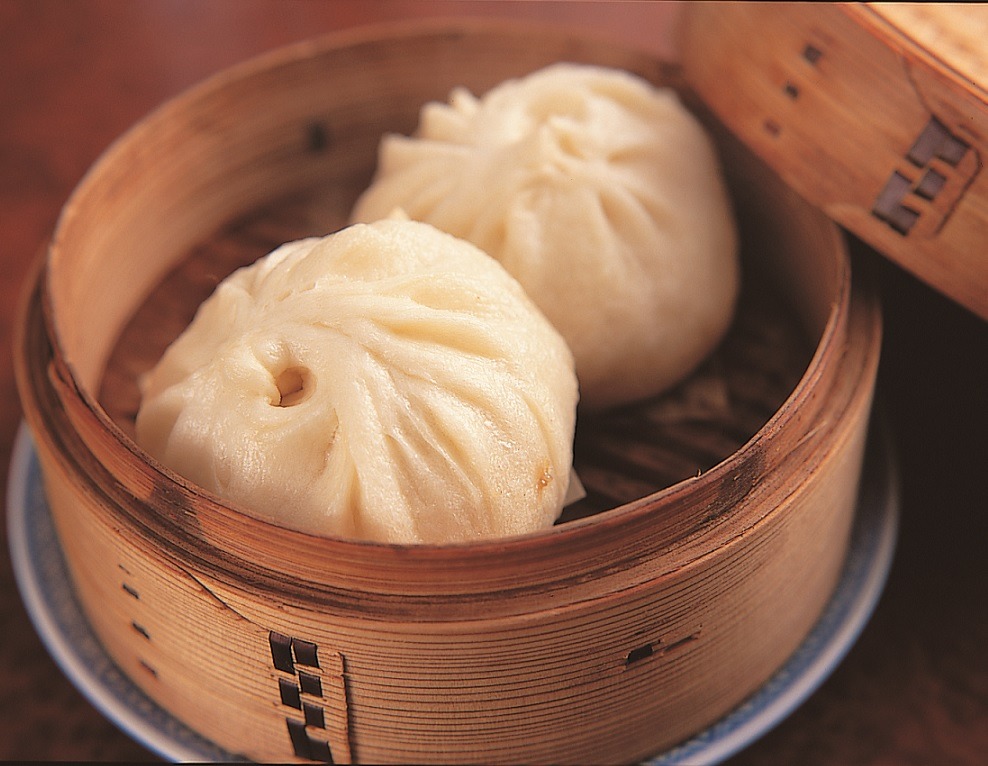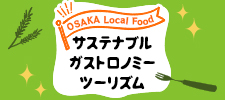paper pot

There are local hotpot dishes all over Japan.
There are also many hotpot dishes that originated in Osaka. Tecchiri is a must-have for udon lovers, fish lovers, hot pot dishes, and winter specialties. Chiritori nabe and motsu nabe are also popular.
And the mysterious paper pot also originated in Osaka. Anyone would be surprised to hear that you can set paper on fire. Place a piece of Japanese paper on a wire mesh colander and heat over charcoal. The washi paper has been specially processed and covered with dashi so it won't burn.

This hot pot was invented by Rogetsu, which was founded in 1927. It is a type of ``fish suki'' that has plenty of seasonal seafood and vegetables as ingredients. Nowadays, various stores offer elegant paper pots. Paper pots can also be purchased at Doguyasuji Shopping Street in Sennichimae.
*Photo provided by Kaminabe Rozuki
Other recommended gourmet foods
-
 Udon (I like udon)
Udon (I like udon)Osaka's udon noodles are appealing because of the harmony between the soft texture of the noodles and the gentle combination of kelp and bonito flakes.
-
 Takoyaki
TakoyakiTakoyaki is Osaka's representative fast food that can be bought at a food stall and easily eaten on a street corner. It has a surprisingly short history, and it is said that the number of stores began to increase in the town in the 1950s.
-
 Osaka sushi
Osaka sushiThe representative dish of Osaka sushi is box sushi. It is a type of ``oshizushi'' in which the ingredients are placed in a mold along with vinegared rice and pressed together.
-
 Omelette rice
Omelette riceThe owner felt sorry for his regular customers who had stomach problems and had to eat omelets and white rice every day, so when he served ketchup rice wrapped in a thinly-cooked egg, the customers were overjoyed.
-
 Okonomiyaki
OkonomiyakiAlong with takoyaki, it is a soul food for Osaka people. The same goes for dissolving the flour in the soup stock, cabbage is essential, pork is popular, and as the name okonomiyaki suggests, you can use whatever you like. Spread the dough flat on the iron plate and bake it.
-
 Kushikatsu
KushikatsuOsaka's kushikatsu is famous for not allowing double dipping. Meat and vegetables are threaded onto skewers, coated with water-soluble flour, coated with breadcrumbs, and fried in oil.
-
 Kappo cuisine
Kappo cuisineThe Japanese restaurant style that flourished during the Edo period began to go out of fashion, and the Japanese style was born as people sought Japanese restaurants that could be enjoyed more casually.
-
 Conveyor belt sushi
Conveyor belt sushiSmall plates of sushi flow on a conveyor, and customers pick up the pieces they like and eat them. The casual, semi-self-service style with inexpensive and transparent checkout is easy to use for families and tourists alike, making it extremely popular.
-
 Pork bun
Pork bunAfter the Meiji Restoration, it is said that the Chinese steamed buns that were introduced to Chinatown were adapted to suit the tastes of the Japanese people.


